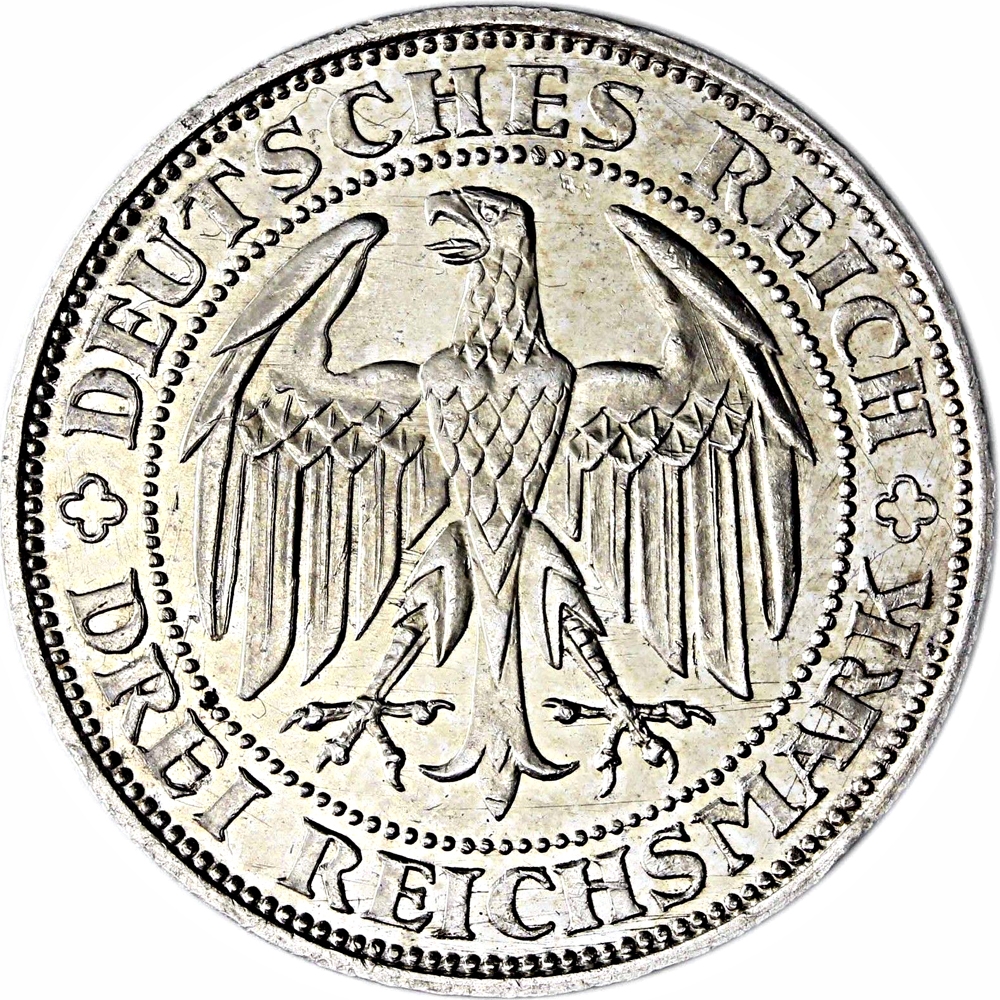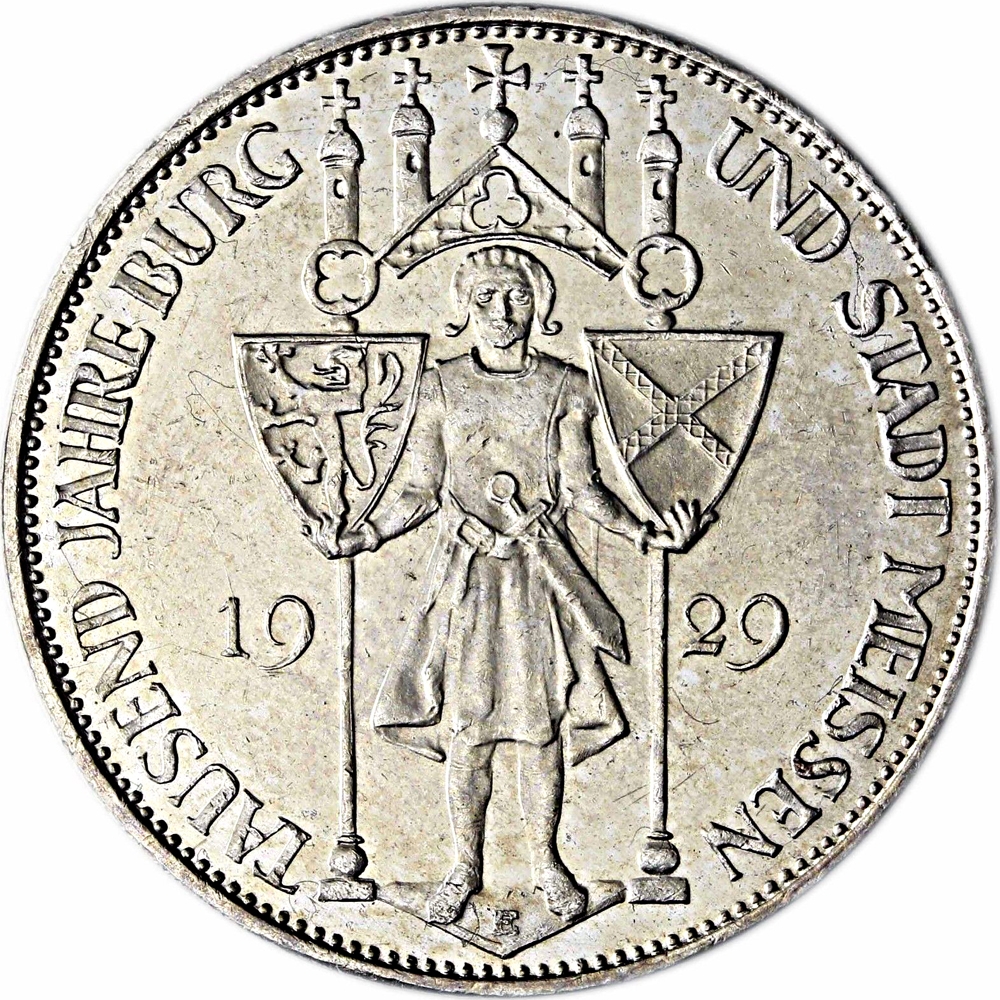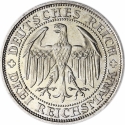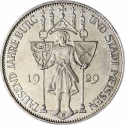You are about to finish your registration. Please check your mailbox (including spam folder). There should be a letter with a confirmation link. Check setting to make sure that your e-mail address is correct.
Send letter againDescription
Weimar Republic is an unofficial, historical designation for the German state between 1919 and 1933.
Meissen is a town of approximately 30,000 about 25 km (16 mi) northwest of Dresden on both banks of the Elbe river in the Free State of Saxony, in eastern Germany. Meissen is the home of Meissen porcelain, the Albrechtsburg castle, the Gothic Meissen Cathedral and the Meissen Frauenkirche. The Große Kreisstadt is the capital of the Meissen district.
Meissen is sometimes known as the "cradle of Saxony". The city grew out of the early Slavic settlement of Misni inhabited by the Glomacze tribe and was founded as a German town by King Henry the Fowler in 929. The Margraviate of Meissen was founded in 968 as well, with the city as the capital of the Margraves of Meissen. In 1423 Meissen became capital of the Electorate of Saxony. In 1464 the capital was moved to Dresden.
Meissen is famous for the manufacture of porcelain, based on extensive local deposits of china clay (kaolin) and potter's clay (potter's earth). Meissen porcelain was the first high-quality porcelain to be produced outside of the Orient.
Engraver: F. Hörnlein
Obverse

|
Depicts the coat of arms of the German Reich (1919–28), Imperial Eagle (Reichsadler) facing left, name of the country above, value below. DEUTSCHES REICH |
|---|---|
Reverse

|
Depicts a knight holding two coats of arms: the lion of the Margraves in his right hand and the oblique cross of the burgraves of Meissen in the right one. Above him a stylized representation of the towers of Meissen. The figure divides a year. Legend "Thousand years of the castle and town Meissen". Mintmark (E) below. TAUSEND JAHRE BURG UND STADT MEISSEN |
| Edge |
The "Deutschlandlied" (English: "Song of Germany") has been the national anthem of Germany since 1922. The stanza's beginning, "Einigkeit und Recht und Freiheit" ("Unity and Justice and Freedom") is considered the unofficial national motto of Germany. EINIGKEIT UND RECHT UND FREIHEIT |



